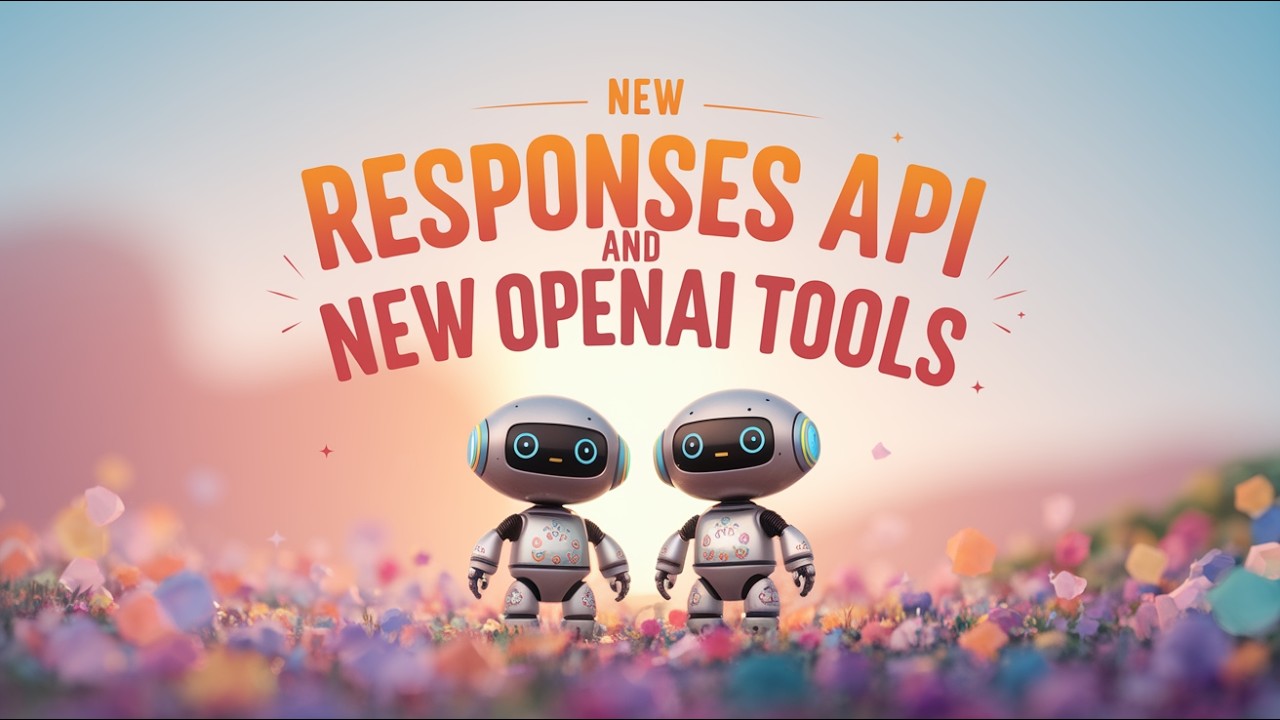The video introduces OpenAI’s new Responses API, highlighting its enhancements such as web search and file search tools, and emphasizes the need for developers to refactor their code to adapt to this more robust API. It also demonstrates the API’s automatic management of conversation history and showcases its capabilities, including real-time web searches, while addressing some challenges developers may face during the transition.
In the recent video, the presenter discusses the new Responses API released by OpenAI, which includes several enhancements such as a web search tool, file search tool, and the ability to perform computations via the API. The video highlights the transition from the previous Assistant API to the new Responses API, emphasizing that developers should begin refactoring their code to accommodate this change. The presenter notes that the new API is a superset of the chat completions API, making it a more robust option for developers moving forward.
The video delves into the documentation changes associated with the new API, showcasing how the playground has been updated to reflect these changes. The presenter explains that the Responses API simplifies the management of conversation state by automatically handling user input and conversation history. This means developers no longer need to manually manage conversation states, as the API can automatically include previous messages in subsequent responses.
The presenter demonstrates how to use the new API by creating a simple chat application that operates from the terminal. They highlight the importance of using the correct parameters, such as the input parameter instead of the previous messages parameter. The video also discusses the limitations of the API, noting that only the GPT-4 model currently supports the new features, including web search capabilities.
As the presenter tests the new API, they encounter some challenges, particularly with the automatic management of conversation history. They provide insights into how to effectively utilize the API by adjusting parameters and ensuring that the input is formatted correctly. The video emphasizes the learning curve associated with the new API but reassures viewers that the automatic management of conversation history will ultimately simplify development.
Finally, the video concludes with a look at the web search functionality integrated into the API. The presenter explains how to configure the web search tool and demonstrates its use by querying real-time information, such as stock prices. They also touch on the new dashboard features that allow users to track conversation logs and completions, providing a comprehensive overview of the new capabilities offered by the Responses API. Overall, the video serves as an informative guide for developers looking to leverage the latest advancements from OpenAI.
